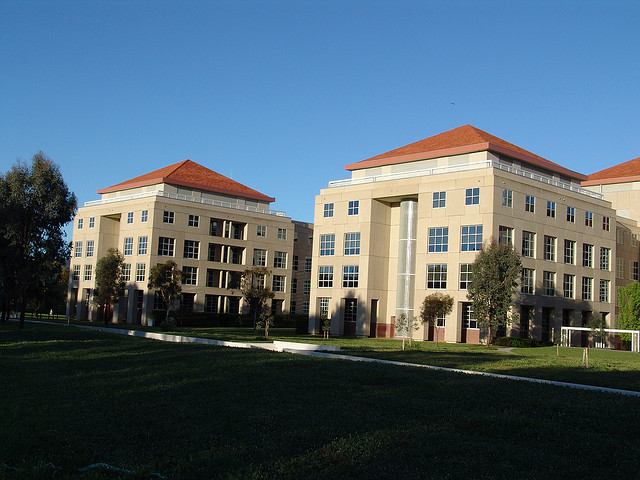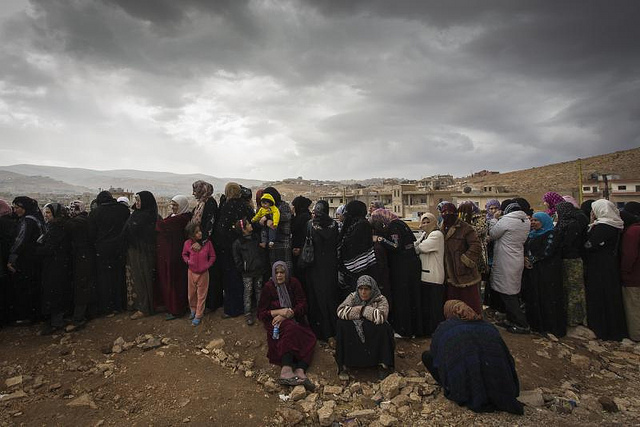Australia’s foreign policy: facing up to a new epoch

In a recent speech, a former colleague observed that our strategic environment was more uncertain than at any time since 1945.
The uncertainties included the United States’ approach to its global role, the more so since the advent of Trump; the political and strategic settling point of China; and the risks facing the broader Asian growth trajectory as Asian polities sought to address structural economic challenges. These uncertainties were only the beginning of his list.
When I enquired about prescriptions for these uncertainties, we laughed because of the absurdity of prescribing for the unknown.
A question arises whether the debate on our role in the world—which will be reflected in the forthcoming DFAT white paper on foreign policy—risks raising expectations about a road map we will be unable to fulfill. Foreign policy as practiced by small or medium powers tends to be more about reaction than initiation. But here are a few thoughts.
The first is the most important. The time has come to develop a national mindset in which our international environment is as much a priority as other major government sectors such as the economy, health or education. Of course a new mindset cant in itself provide solutions to problems which have yet to arise. But when they do we will be better able to confront them.
Since World War Two, the most obvious starting point for an independent Australian foreign policy, we have been effective in our international trade diplomacy, and workmanlike in establishing relationships in Asia. We have got through our security policy challenges with the Indochina wars, with Indonesia and with our extra regional ventures in the Middle East.
But because of the reassuring comfort of our partnership with the Americans, external policy has only occasionally been a national priority and when it has, not a sustained one. We have been lazy about addressing our place in the world.
We are entering a new epoch. Australians realize this with an intuitive sense that we must adapt to shifting circumstances. These include the rise of China and other changes in Asia, the immediacy of terror, and a growing realization that the relative power of the US is diminishing. And now there is Trump. His election has shown that America is no longer quite the same, sometimes aggressive and unpredictable, but nevertheless on our side and with values similar to our own.
When we have had to, Australia has responded effectively to change: WW2 itself and postwar reconstruction; the shift to Asian markets when Britain entered the EU; and the economic restructuring of the eighties.
These responses were not the result of one set of decisions, but of a steady evolution in thinking and a series of incremental shifts. They flowed from a bipartisan perspective and a preparedness to engage with the electorate on the merits of that perspective. We now have to adopt that process in thinking about our external environment. Whether we succeed will depend much on the good sense and persuasive abilities of the political class and its capacity to show sustained leadership. It will also depend on more resources being devoted to effective diplomacy.
The second concept derives from the first. As US House Speaker Tip O’Neill famously said: ‘all politics are local’. However, effective management by the government of our long term interests must not be held hostage to short term domestic considerations. For example, our halt on cattle exports to Indonesia in 2011.
Third, a continued powerful US role in the Asia Pacific is an essential feature of our strategic landscape and ANZUS is crucial to that presence. ANZUS is not, however, a shrine to which an obligatory genuflection is always required. It is only one of several foreign policy priorities.
This leads to the fourth point: the tension between our economic interests with China and our security relationship with the US. In different ways all countries in the region, including Japan and Korea, confront the same issue. It wont be overcome in the medium term. It will just have to be managed, requiring effective consultation within our own community and amongst countries faced with the same challenge.
Fifth, we should accept that the political energy we direct to the US is disproportionately high compared to that which we direct to Asia. But here we risk glibness. The strength of our relationship with much of Asia derives in part from our links with the US. And when we advocate doing more with Asia, we must think of what ‘more’ consists of. Over the years, some of our neighbours have complained of a surfeit of Australian initiatives.
Sixth, while there may be a few grounds for reassurance that under Trump the US will manage some security issues, eg. with China, with more sobriety than had been feared, we cannot be sanguine that Washington will be measured in its approach to the global trade order. We must work with others to temper the Administration’s stated objectives here.
Finally, we must observe the rules of being a middle power. These include avoiding strategic overreach—a lesson we should have learnt after 15 years’ military activity in the Middle East—as well as a clear understanding that the liberal international order and norms with which it has been associated help countries like us. We need to preserve them.









